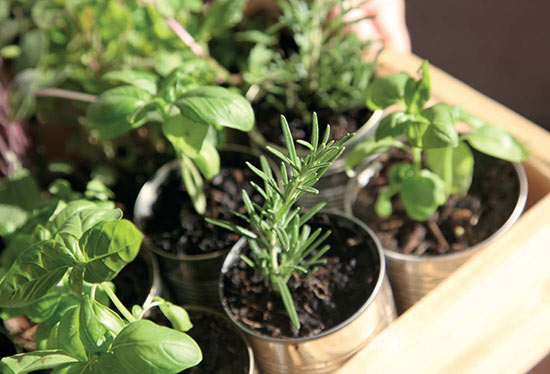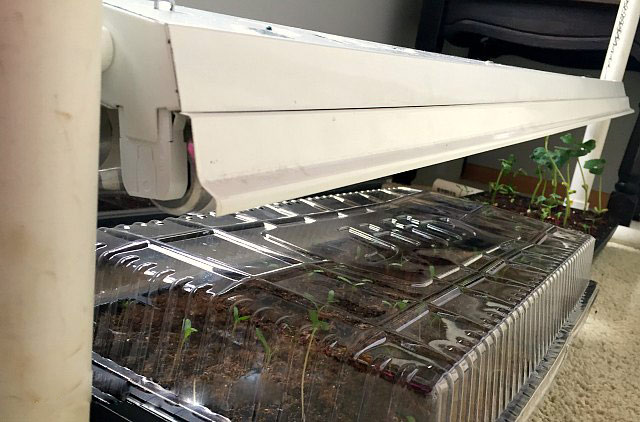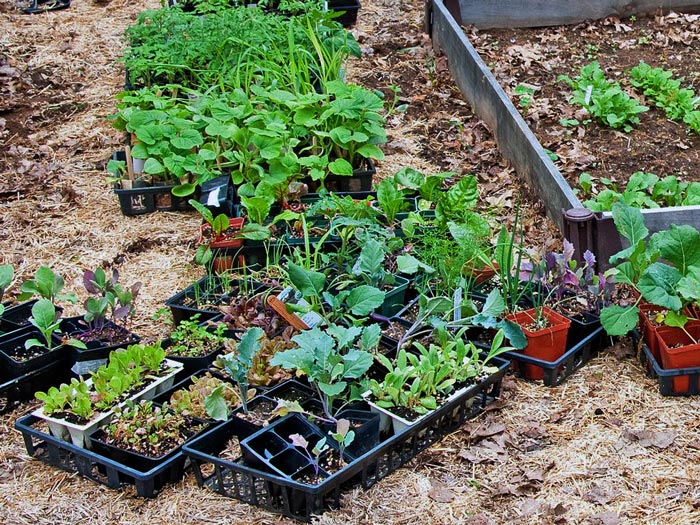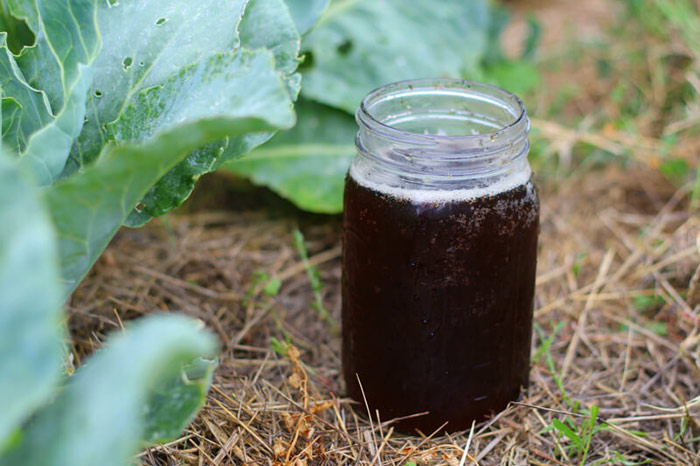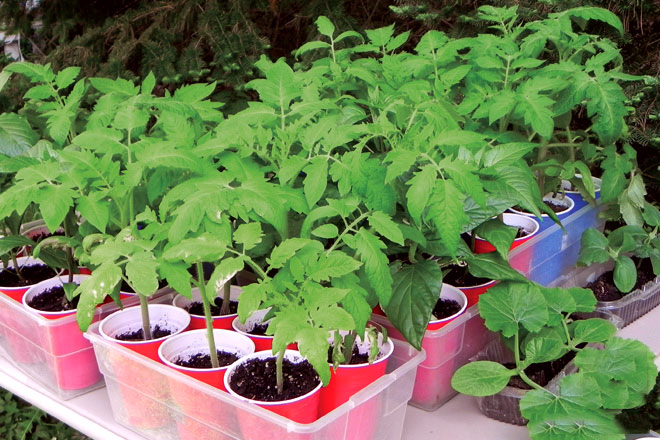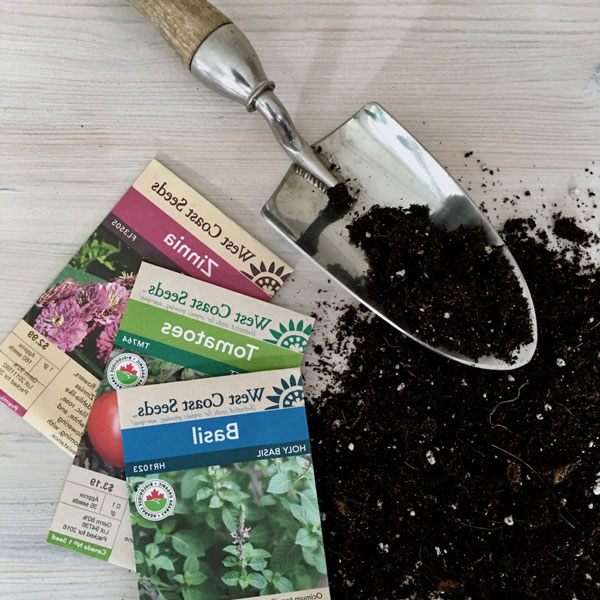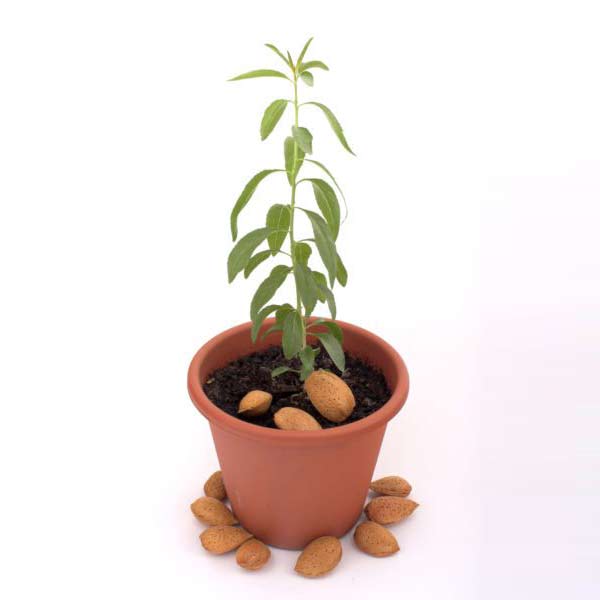When diving into gardening from scratch, mistakes and losses are inevitable. Every novice gardener needs time to learn how to grow plants from seeds. There are common problems in growing seedlings that almost everyone faces. Let’s look at these problems and their solutions.
Seeds Won’t Germinate
There are several reasons why seeds may fail to sprout:
Too cold. Different plants have varying temperature requirements for germination, but most crops prefer temperatures between 18°C and 24°C. You can increase soil temperature by using additional lighting placed close to the containers or special heating mats.
Improper watering. Overly wet soil leads to rot and mold, while a lack of moisture prevents germination. Spraying with a mister and using a humidity dome work well together—the soil stays evenly moist, and moisture doesn’t evaporate too quickly. Don’t forget about ventilation and remove the dome in time—once the first true leaves appear. At this stage, the plant begins the process of photosynthesis.
Seeds buried too deep. The planting depth is always specified on the seed packet and must be followed. Most seeds need just a sprinkling of light perlite on top, while some require exposure to ultraviolet light for germination. Find out your plants’ specific needs before sowing, and everything will be fine.
Old seeds. Seeds lose viability with each passing season. Storing them in warm, humid conditions also shortens their shelf life. I “seal” my seeds in jars with screw-top lids and store them in the fridge.
Sprouts Die Quickly
The main causes of death in young sprouts are overwatering and heavy soil (containers that are too large). Watering from the bottom can reduce the risk of overwatering, but be sure to remove plants from the tray and drain excess water a few minutes after watering. Never let seedlings sit in water.
Use a sterile starting mix to significantly increase the chances of seedling survival and protect them from potential fungal diseases invariably present in garden soil. Disinfect trays, pots, and gardening tools before each sowing.
Ventilate the room where your seedlings are growing for both hardening and to prevent mold.
Seedlings are healthy but grow slowly
This is most often due to low temperatures, overwatering, or insufficient nutrients. Waterlogged soil prevents oxygen from reaching plant roots. If overwatering occurs and even after drying, the plants remain wilted and yellow, try using hydrogen peroxide . There are also recommendations to sprinkle the soil with cinnamon to prevent damping-off disease, but I haven’t explored this option yet. I’m concerned that cinnamon becomes sticky when wet, which could suffocate the plant. I’ll need to research this further.
Nutrient deficiency begins to show after the appearance of the first true leaves. At this stage, you should start fertilizing your seedlings .
Seedlings are Leggy and Thin
This is caused by a lack of light and overcrowding in trays. It might already be time to thin them out. Rotate the trays twice a day, even under supplemental lighting. Take advantage of warm sunny days by placing seedlings outside; this lets each plant receive its share of ultraviolet radiation while also hardening them. Optimal lighting duration for seedlings is 15–18 hours a day.
Seedlings Have Outgrown Their Containers
Sowing seeds too early, especially with good care and supplemental lighting, is the most common and serious mistake. When roots come into contact with container walls, they signal the plant to stop growing and prepare for a smaller harvest. Overgrown seedlings become stressed and poorly adapt to transplanting into the soil. Use a climate map with forecasts for the last frosts and sow slightly later using the predicted date to avoid this issue and ensure your plants thrive.
Too Many Varieties in One Season
This temptation is hard to resist, especially for first-time gardeners. The urge to grow everything at once—yellow tomatoes, purple ones, cherry tomatoes, Swiss chard, and all kinds of peppers—can be overwhelming. Start with the most undemanding, proven varieties, and avoid diving into exotic options right away. Time will be limited, especially for inexperienced gardeners.
Seed and Seedling Labeling
All plants look the same at the start. Be sure to label your containers in any convenient way right at the sowing stage.
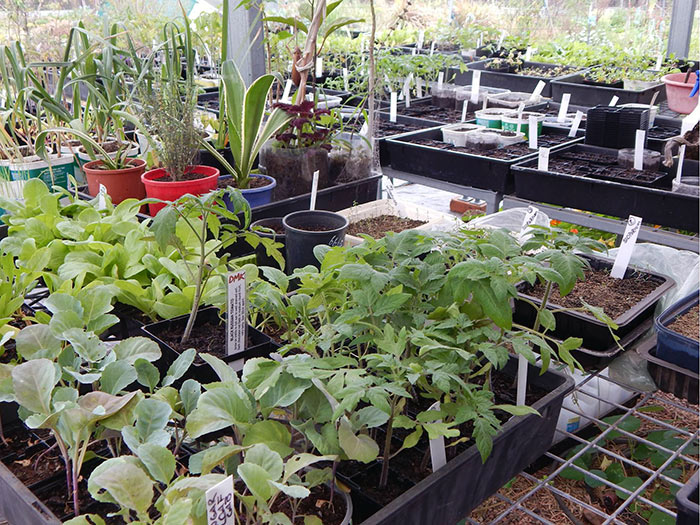 The biggest mistake is starting a garden without knowing whether you have enough time and energy to take care of it. A garden should bring joy and moderate physical activity that benefits your health. Do not take on an overwhelming burden that damages your emotional and physical well-being. Be moderate in your plans and their execution.
The biggest mistake is starting a garden without knowing whether you have enough time and energy to take care of it. A garden should bring joy and moderate physical activity that benefits your health. Do not take on an overwhelming burden that damages your emotional and physical well-being. Be moderate in your plans and their execution.
